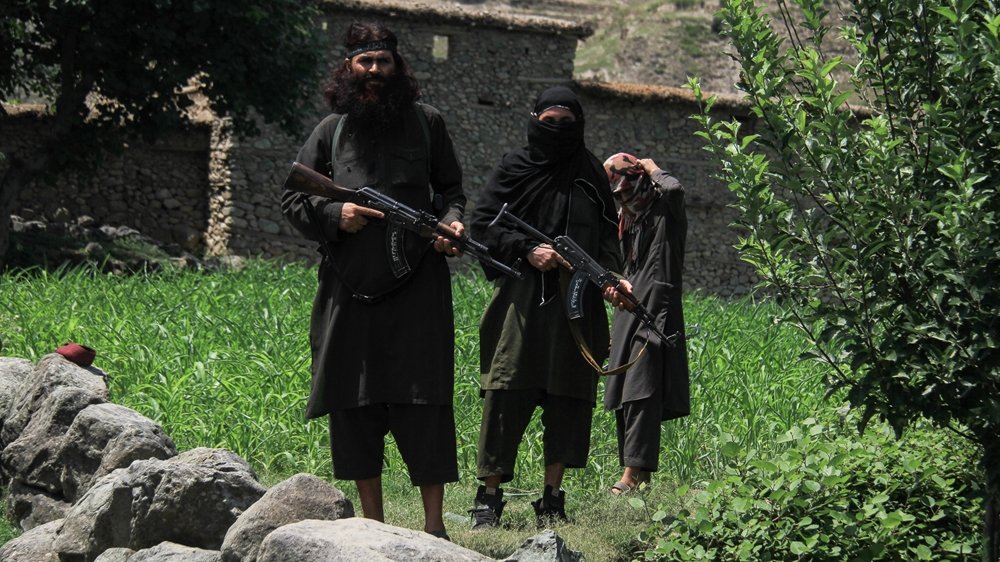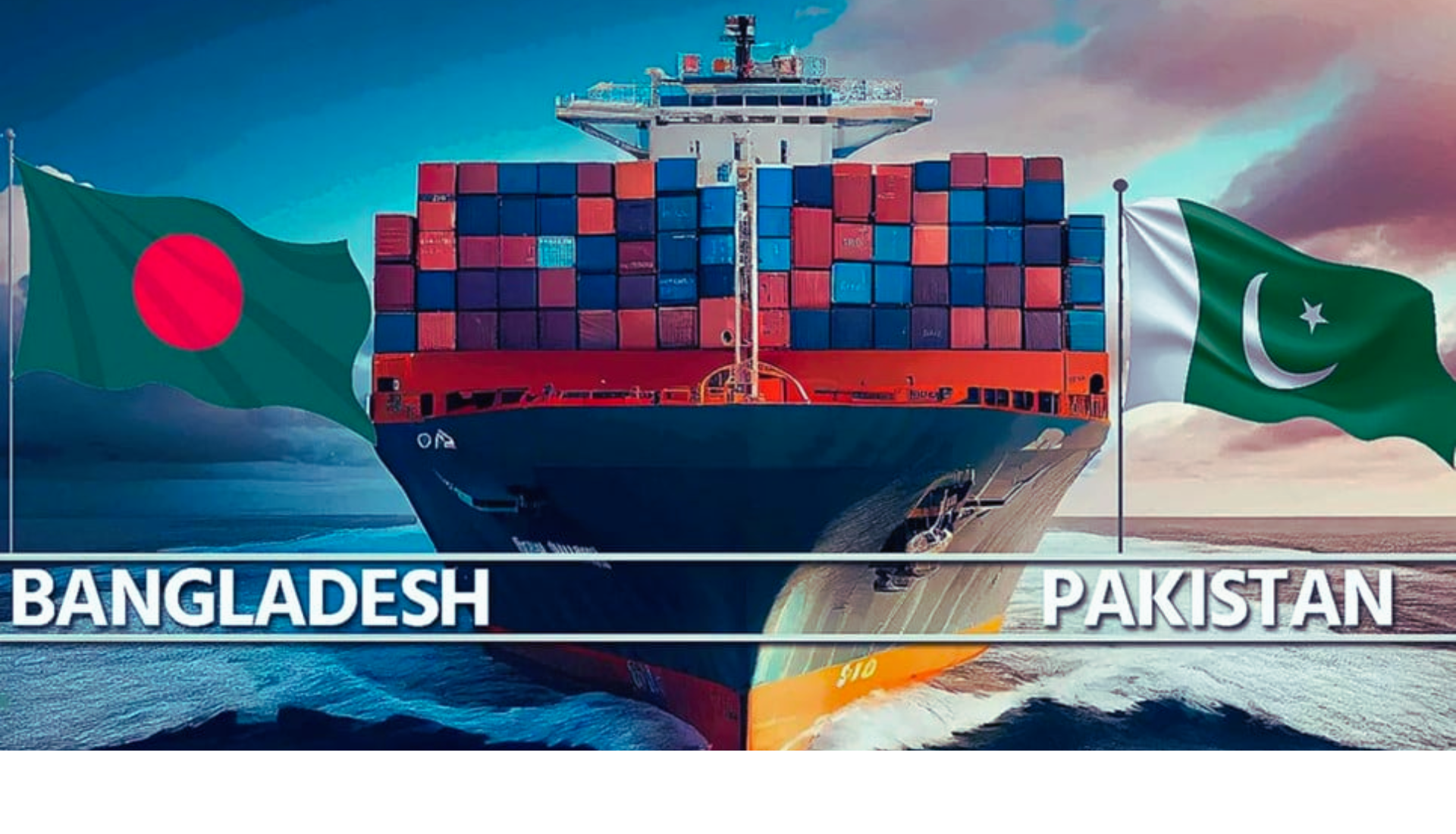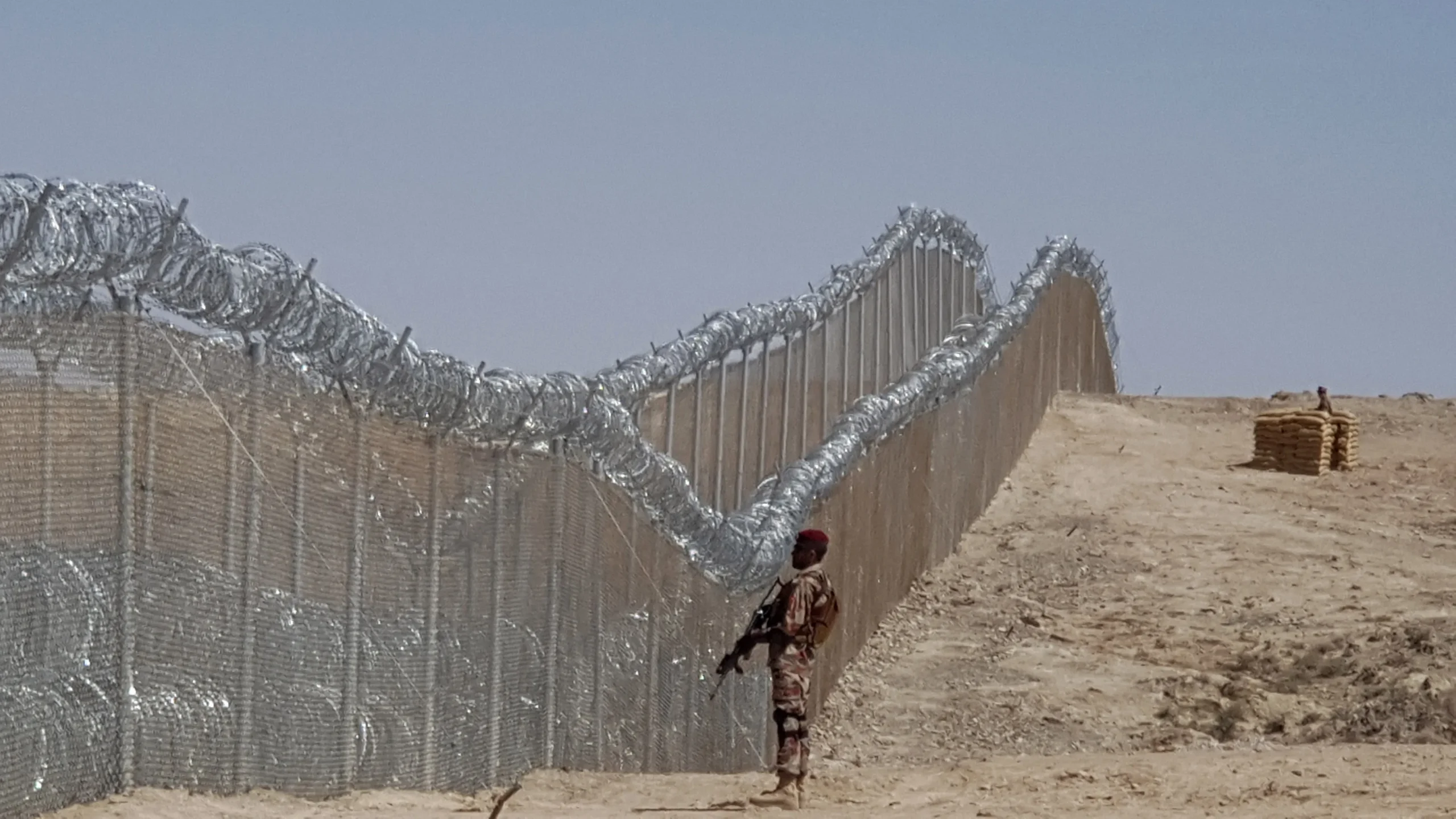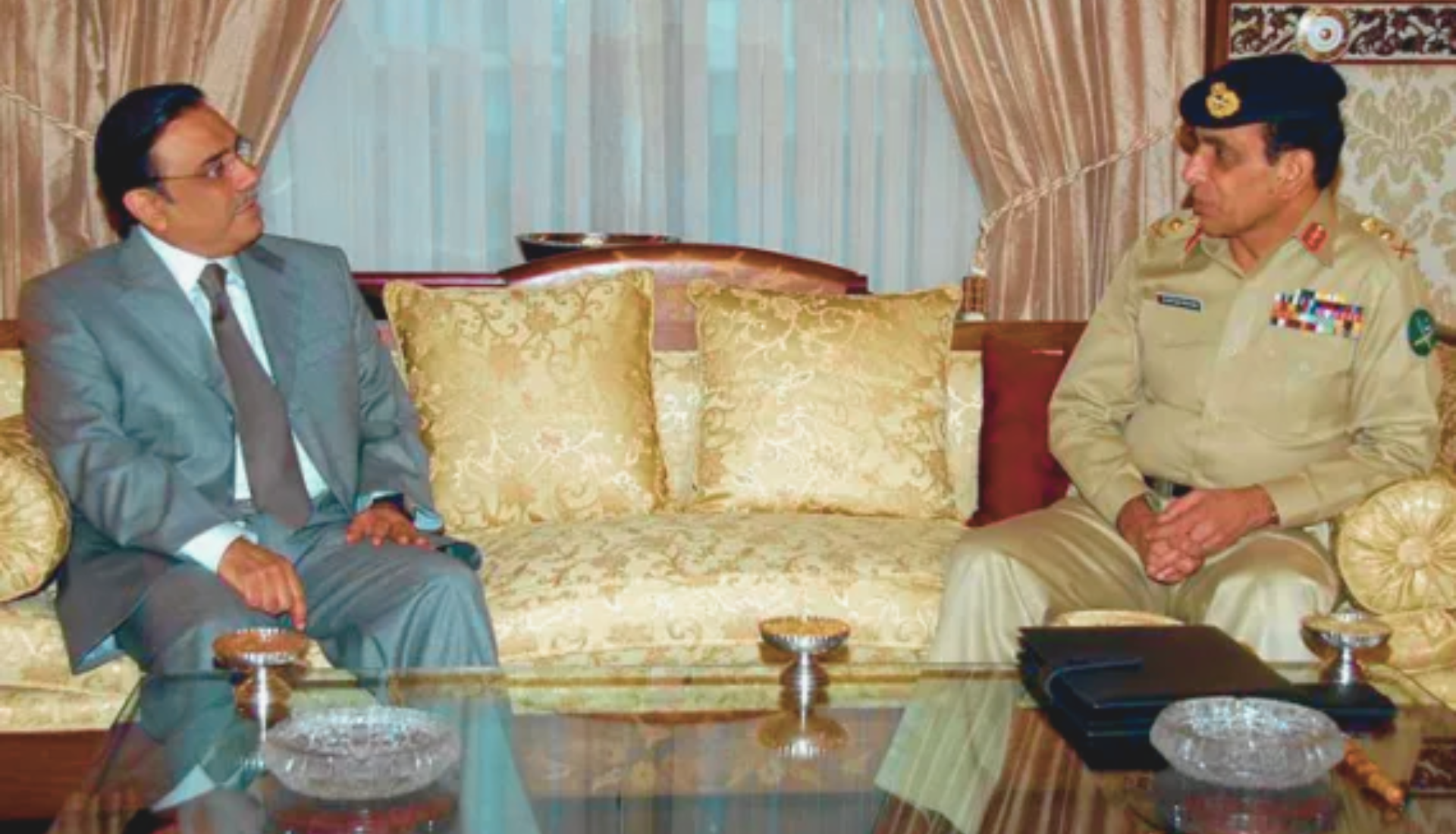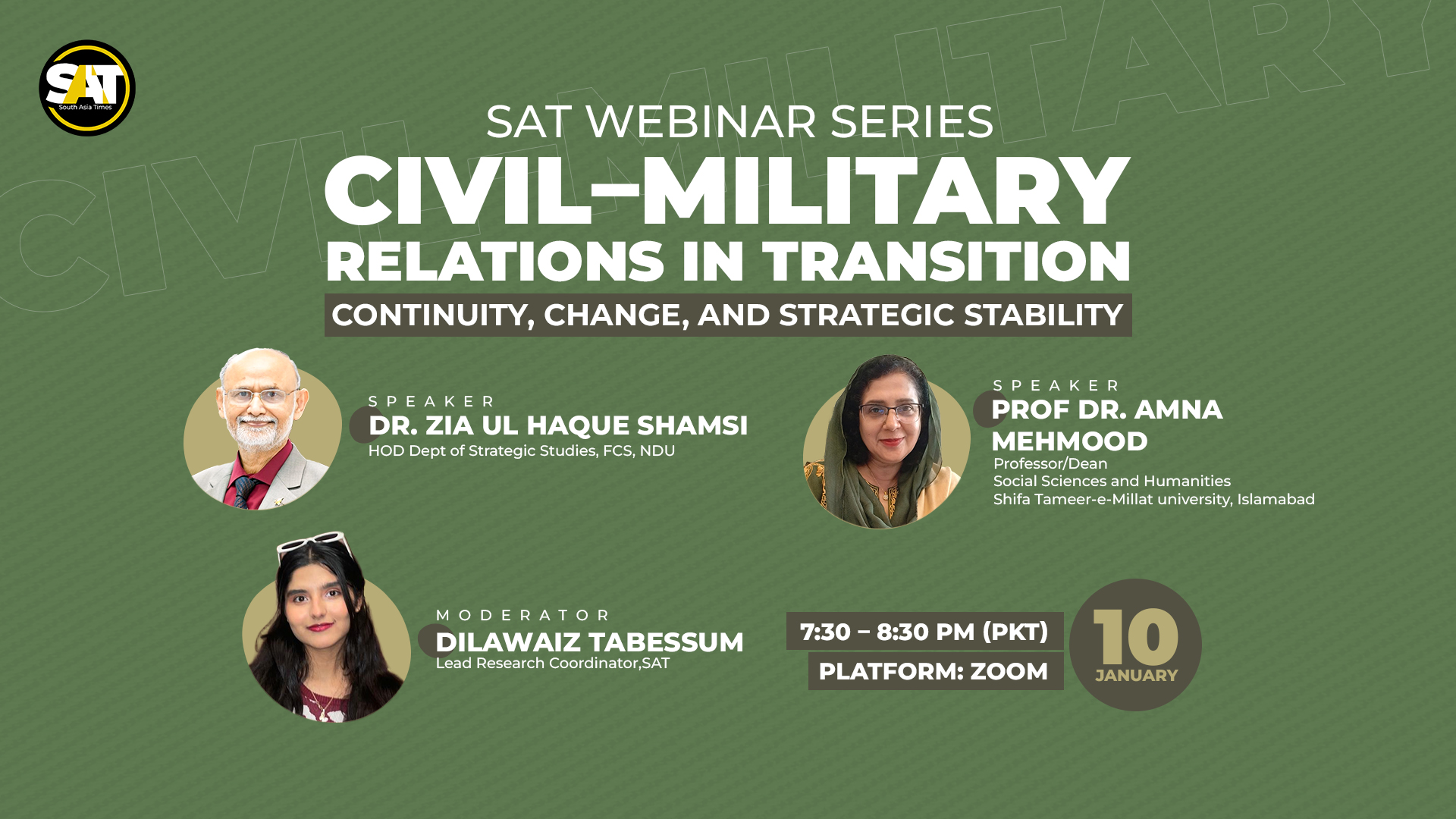India’s latest digital strike necessitates recognizing that in the 21st century, a new threat looms. Fourth and fifth-generation warfare is becoming increasingly relevant and dangerous.
It is important to understand what they are; firstly, as concepts- and secondly, in the context of India’s latest attempt of a digital surgical strike, and why it is a miserable failure.
Fourth-Generation Warfare
Fourth-generation warfare often characterized as “post-modern” warfare. It is decentralized and blurs lines between war and politics. It gives lesser importance to the status held by combatants and civilians. Nation-states no longer hold a near-monopoly on combat forces, like old times. Nor do they care the same way about the ethics, rules and crimes of war.
Fifth-Generation Warfare
Moving on, fifth-generation warfare is propaganda. Propaganda is defined as information, especially of a biased or misleading nature. Used to promote a political cause or point of view. It is important to understand this concept for several reasons.
Knowledge is power. This means information warfare can accomplish strategic, operational, and tactical objectives.
Moreover, 5GW is capable of doing so without causing measurable and identifiable damage.
India’s Digital Strike
The latest stunt New Delhi has pulled off in this regard is a documentary, “Daesh Dar Afghanistan”. Aired on Tolo News, Afghanistan’s largest private news channel.
With PTM and Baloch separatists gaining increasing relevance, Delhi and Kabul seem to have joined hands to isolate and destabilize Pakistan. India seems to be desperate not to lose significance with the peace process on cards.
The documentary, if taken at face value, has tried to portray Pakistan as an enemy rather than a friend to its Western neighbour. It also pitches Pakistan as the power behind IS-K and Daesh in Afghanistan. However, the flawed scripting reveals the lies and the lack of substance in the documentary.
Why: Choice of Language and Target Audience
To begin with, the documentary was in Farsi.
Farsibans are the largest ethnolinguistic group in Afghanistan. They are being marginalized by Ghani’s fascist Pashtun government. Besides that, their community at large is in favour of cordial relations with Pakistan, rather than India. Therefore, India aiming to malign Pakistan in front of Farsiban Afghan youth is understandable.
The majority of the country wanting good ties with Pakistan can shift the balance of power in the region. That also threatens interests of the Indo-US alliance in Afghanistan. Furthermore, it means India may eventually maybe no longer able to use Afghanistan to destabilize Pakistan.
History of Attacks by Daesh
Double-checking the documentary against facts, one makes very interesting discoveries.
The only people Daesh seems to be oppressing and attacking are non-Pashtun. Today, the treatment of non-Pashtun ethnicities in Afghanistan which we are witnessing raises more questions. Does the Ghani regime need Pakistan to do the aforementioned? They seem to be doing it all too well themselves.
Flawed Visual Culture
Some of the footage appears to be from Syria rather than Afghanistan, simply owing to the attire of the “Islamic State Militants” in the film.
We are more than well aware of the fact that tribal Afghans do not don track pants paired with orange and pink tee shirts, they stick to their attire very proudly.
Secondly, “fighters” coming on camera for a private TV channel does not quite sit well. Neither does the fact that captives being interviewed, and narrating the same rhetoric, which Favours Ghani’s policies.
Relationship between Daesh and Afghan Taliban
The documentary hints at the dispute between Daesh and the Afghan Taliban.
Two opposing parties, ruthless enemies who take no prisoners, are fighting each other. Moreover, apparently both are funded by the same source. How interesting.
Pashtun Representation in light of Kabul’s Attitude Towards the Pashtun Tahaffuz Movement
Another interesting and noteworthy fact: when it comes to Daesh, unlike PTM, Pashtuns from across the Durand Line are “Pakistani”. They are no longer “oppressed Pashtun brothers striving for a greater Pashtunistan”. So can we conclude that the Afghan government will label Pakistani Pashtuns as whatever suits their interests and helps amp up propaganda?
ISIS was formed by people who came to Achin, Nangarhar. On the pretext of being TTP fighters, they were given refuge. This means anti-Pakistan sentiment is rife amongst the people.
Announcement of the Caliphate by IS-K
Suddenly, the Islamic state announces the Caliphate. No one bats an eyelid or makes an effort to inform the Afghan government that a Pakistani-funded militia is raising its head in the country.
Simultaneously, in Jawzjan, Daesh springs up, also Pakistani per the claims, and starts excavating mountains and making tunnels between villages but no one notices.
This has one wondering if Ghani is in bed with the ISI.
According to CSIS (Center for Strategic and International Studies), IS-K has been responsible for nearly 100 attacks against civilians in Afghanistan and Pakistan. This is besides roughly 250 clashes with the U.S., Afghan, and Pakistani security forces since January 2017.
We sense a rat: the doctor in the documentary, who treats ISIS terrorists. Reject his claim by saying “they are sent to Pakistan for treatment”. Or the number one think tank of the US has been lying.
The highlight of the documentary was a joke where Daesh claims to raise funds from forests. This is possibly the only terrorist organization in existence to throw other means like narcotics, arms, human trafficking, black markets in the bin and sell wood instead.
Additionally, someone posing to be a journalist (who no one has ever heard off) claims that the ISI is sending Daesh $200 million a year. Pakistan’s GDP for 2020 is 315 billion USD, and the defence budget stands at 4% of the total. Do the math. It makes absolutely no sense.
Afghan Intelligence Failure
Many situations don’t quite add up.
To quote one example, the Afghan administration knows it is the Haqqani network planning attacks in Kabul. And Daesh is claiming responsibility for them. They also know Pakistan is somehow behind all of this. But the NDS didn’t have any intel beforehand to prevent the attacks.
Victims
We saw all these attacks against Farsibans, and the Ghani admin didn’t comment. There was nothing about the victims, not a word about Pakistan either. However, the statements on “the peace process being sabotaged”- a process Pakistan has the highest interest in, and India is dead against.
What can we Conclude?
India has had multiple consulates on the Durand line in the past. Kulbhushun Yadav and other undercover RAW agents recently caught in Karachi are more examples of Indian involvement in Pakistan’s internal affairs and left-wing terrorism. India’s majority population is living in the bubble of falsehoods they hear; it is no surprise that the same holds true for Afghanistan. The incidents of 27th February 2019 are proof enough of this. Congress leaders and Indian newspapers like Business Standards are calling out the deceit of the BJP government on the situation in Ladakh.
Moreover, the proxy wars fought from Kabul exhaust much of Pakistan’s resources internally and on the Western border. This aids India’s interest in keeping Pakistan at bay, countering Pakistan’s attention on its Eastern front. And most importantly, to keep Pakistan distracted from Kashmir and other related issues since 1947.
The strategic interests India has in Afghanistan, further prove the point that this ‘digital strike’ is nothing but white lies. And they have tried so hard to defame Pakistan, that it backfired and they exposed themselves.
The views expressed in this article are the author’s own. They do not necessarily reflect the editorial policy of the South Asia Times.

